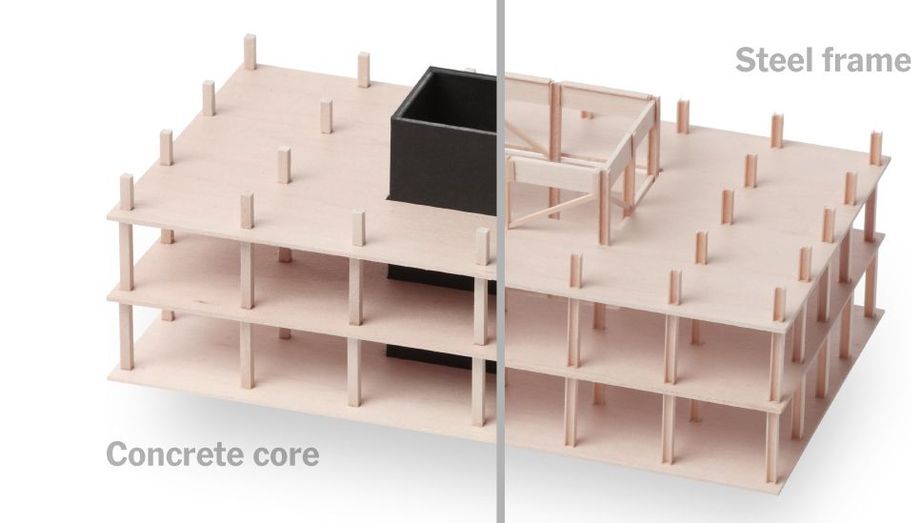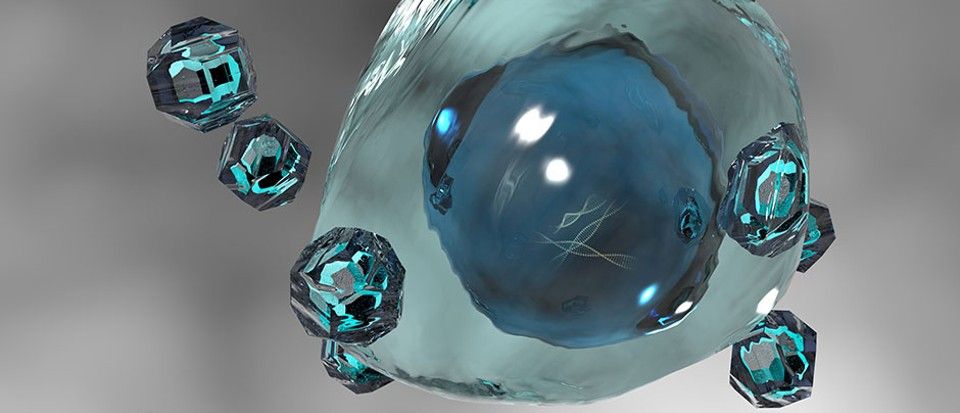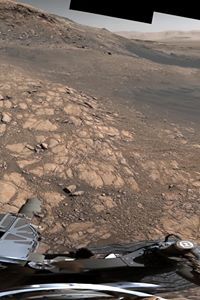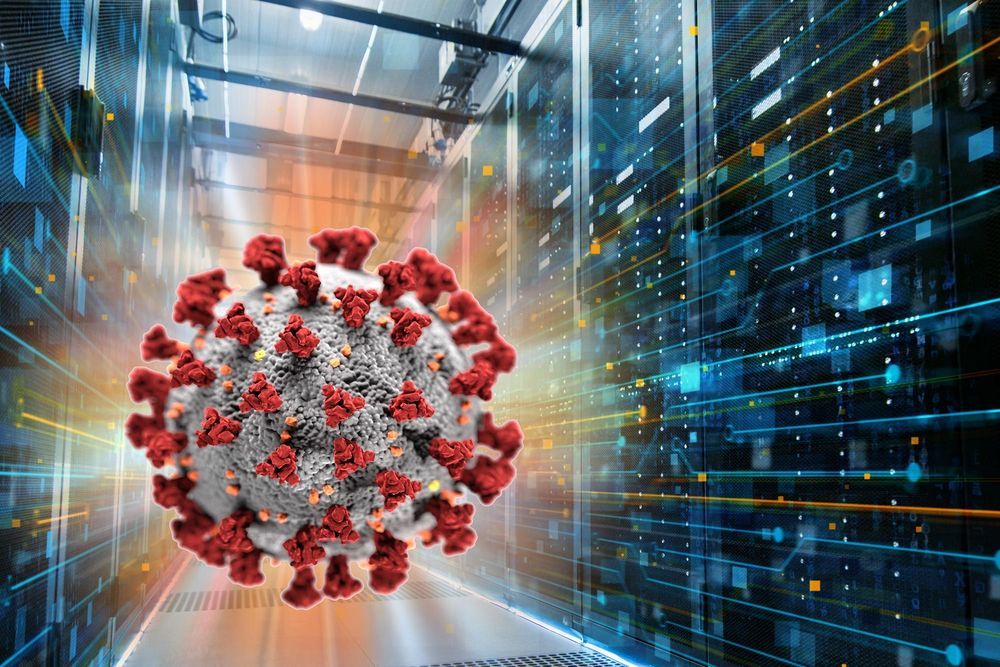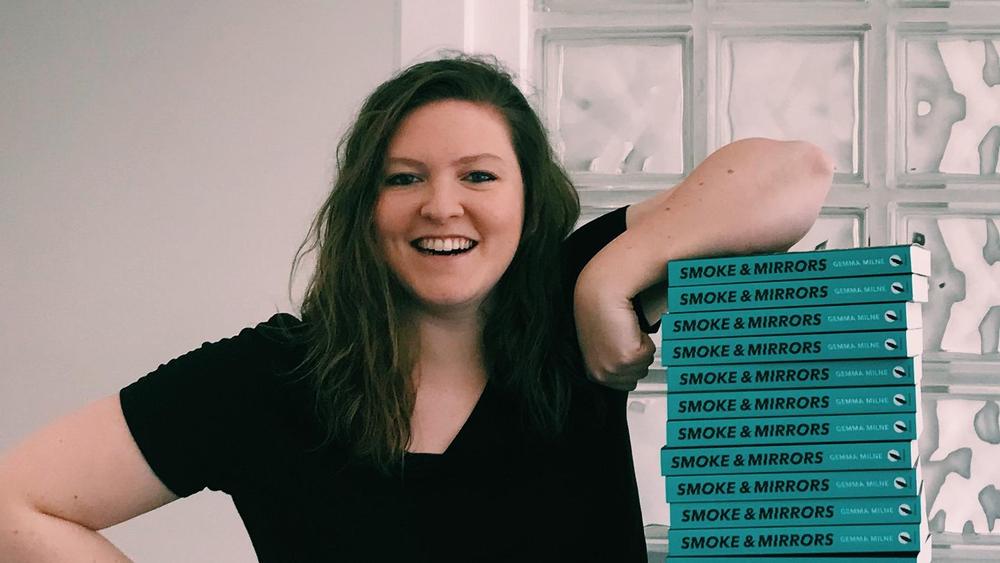But at stake is whether places like Silicon Valley, Seattle, Salt Lake City, San Francisco or Los Angeles might be forced to shut down after a direct hit — and for how long.
[Want to get our daily newsletter California Today by email? Here’s the sign-up.]
A federal study last year found that a quarter of the buildings in the San Francisco Bay Area would be significantly damaged after a magnitude-7 earthquake, a disaster that would be compounded by the fact that nine out of every 10 commercial buildings and eight out of 10 homes in California are not insured for earthquakes.
